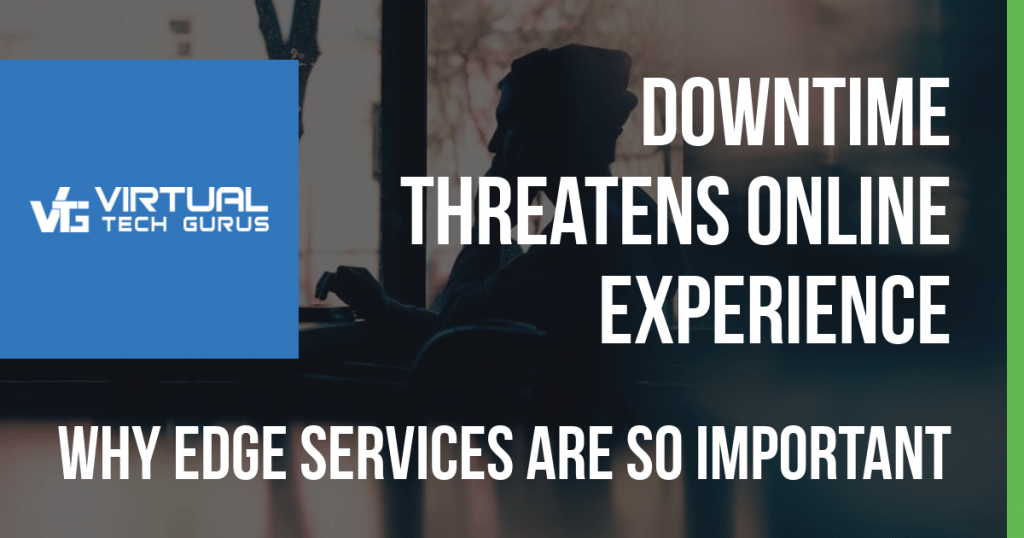
Why Edge Services are Important to Successful Cloud Adoption
Businesses increasing their adoption and dependence on cloud applications and services must ensure a seamless end-to-end journey between users and their applications.
However, a recent study by Forrester Research – ‘Make Edge Services an Integral Part of Your Cloud Strategy’ – found that unplanned downtime was frequently having a negative impact on user experience.
Forrester recommends implementing edge services to minimize downtime and meet user and customer expectations. The firm defines edge services as ‘a set of technologies used to control and optimize access to Internet-facing assets.’ These technologies should be regarded as an essential element of a cloud strategy, according to Forrester.
Downtime Threatens Online Experience
Forrester found that 48 percent of respondents experienced unplanned downtime at least once a month, with a worrying 26 percent hit by the problem once a week.
This level of disruption is increasingly unacceptable to users and customers. The risk is that if they cannot access their applications or services, they will quit or attempt to find alternative solutions.
However, the study also found that less than half of respondents had a continuity/security plan in place at infrastructure level to reduce the risk of downtime.
Poor resiliency is a strong contributing factor to inconsistent performance and increased downtime. Edge services can provide a level of performance and security that’s essential to internal and customer-facing applications.
High Resiliency is Essential for the Digital Environment
The firm found that, as businesses increase the scope and complexity of their applications, resiliency becomes even more critical. And, these applications become strategically important to the success of the business.
As an example, the study found that more than three quarters of respondents’ websites were loading more than 50 objects and 11 percent loaded more than 200. Increased loads can create greater complexity at the edge, impacting response times and performance levels.
So it is essential that all components operate at peak efficiency — edge services can help ensure that level of efficiency. Similarly, as more businesses adopt cloud or hybrid infrastructures, edge performance and resilience are critical.
Time to Improve Resiliency and Continuity
Forrester found that businesses are now responding to the need to minimize downtime and deliver continuous availability. Respondents are prioritizing key services that improve resilience. And, many are working with specialist partners to provide the essential edge skills they may not have on their own team.
Businesses also need to put in place a technical continuity plan that includes policies, procedures, tools and standards to prevent or deal with downtime.
Forrester makes a number of other recommendations for improving resilience:
- Consider the edge as part of the overall cloud and web application infrastructure. That makes it important to evaluate overall network architecture.
- Focus on the user’s edge-to-application journey to ensure they use the most appropriate network and infrastructure resources.
- Put applications and services closer to users. By using edge services, businesses can locate services where they are most needed to meet user or customer requirements.
- Establish redundancy and failover. Using multi-cloud or hybrid cloud solutions can be used to implement redundant applications and services at different locations. Combined with continuous error detection and recovery, this can increase resiliency.
Find Out More
If you would like to find out more about our cloud and infrastructure services, please check out the articles and infographics on our website
